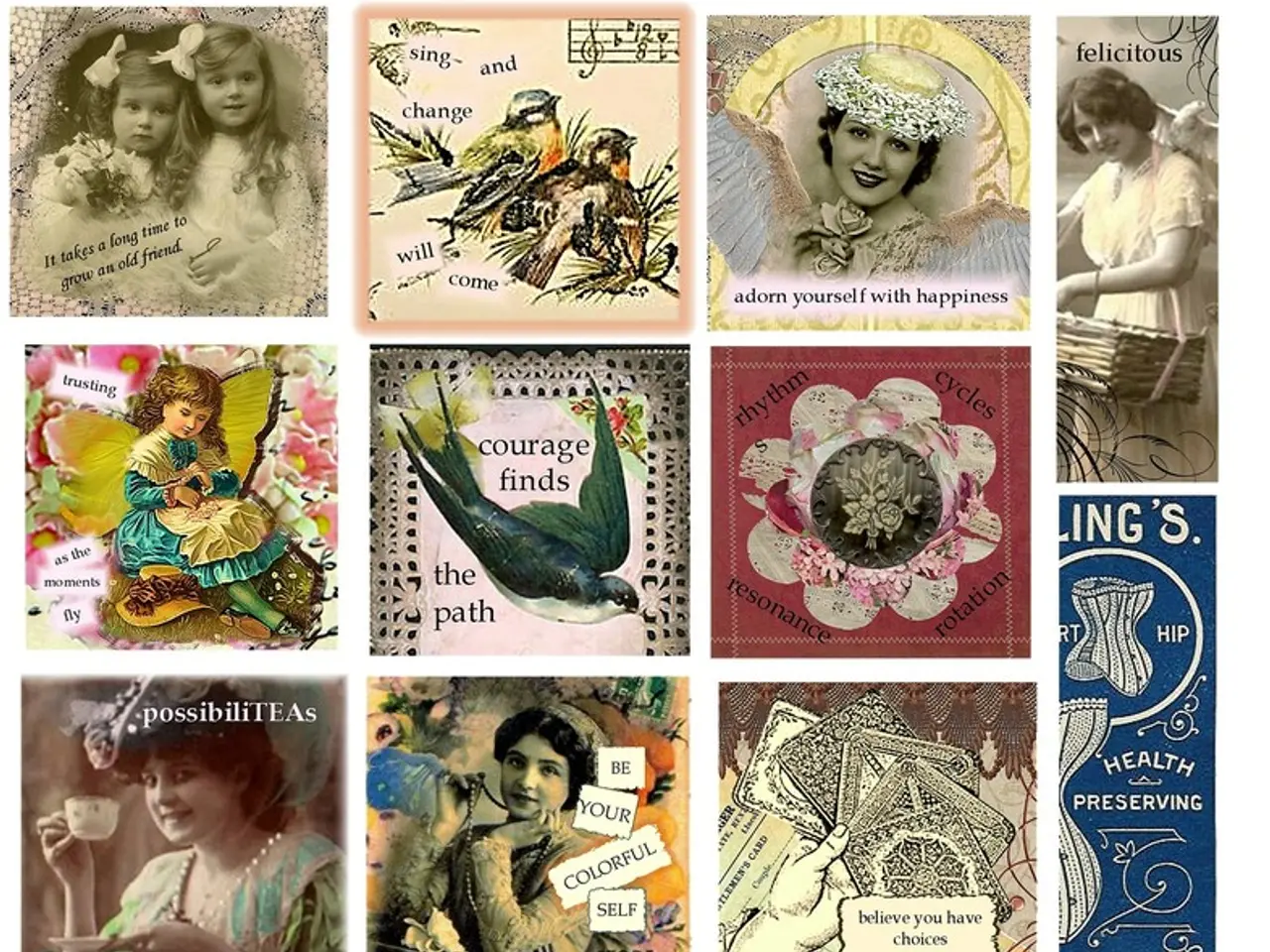Exploring the Connection: The Role of DALL·E and CLIP from OpenAI in Transforming AI's Perception of Reality
In a groundbreaking development, OpenAI, a leading AI research laboratory, has introduced two innovative models: DALL·E and CLIP. These models mark a significant step towards creating AI that can perceive and understand the world in a manner closer to human cognition.
CLIP, or Contrastive Language-Image Pre-training, is an AI model that learns to recognize images through a novel approach called "contrastive learning." By understanding images through their captions, CLIP develops a rich understanding of objects, their names, and the words used to describe them. This knowledge allows CLIP to generalize its knowledge to new images and concepts it hasn't encountered before.
On the other hand, DALL·E is an AI model capable of generating images from textual descriptions. When provided with a textual description, DALL·E generates multiple images that attempt to visually represent the concept. The collaboration between CLIP and DALL·E results in a powerful feedback loop, helping DALL·E refine its understanding of the relationship between language and imagery.
CLIP acts as a discerning curator, evaluating and ranking the images generated by DALL·E based on their relevance to the given caption. This evaluation process helps DALL·E to improve its performance and generate more accurate images over time.
The implications of these models for AI development are significant. CLIP models demonstrate impressive performance in zero-shot tasks, allowing them to be applied to a wide range of visual classification tasks without requiring task-specific training data. This efficiency and scalability make CLIP models more applicable across various applications with minimal fine-tuning.
Moreover, by aligning text and image representations, CLIP facilitates more comprehensive multimodal understanding, enabling AI systems to better interpret and generate multimedia content. This multimodal understanding could potentially be leveraged in various applications, such as virtual assistants, content creation, and educational tools.
AI-powered tools could also create custom visuals for websites, presentations, or even artwork based on simple text descriptions, thanks to the development of DALL·E. Additionally, robots could navigate complex environments and interact with objects more effectively by leveraging both visual and linguistic information, thanks to the development of DALL·E and CLIP.
However, it's crucial to note that like all AI models trained on large datasets, DALL·E and CLIP are susceptible to inheriting biases present in the data. Addressing these biases and ensuring responsible use will be crucial as these models are further developed and integrated into various applications.
Further research is needed to improve the ability of DALL·E and CLIP to generalize knowledge and avoid simply memorizing patterns from the training data. By continuing to push the boundaries of AI, OpenAI's DALL·E and CLIP are paving the way for a future where AI can better understand and interact with the world in a manner that's closer to human cognition.
- The integration of AI technology in data-and-cloud-computing solutions could be revolutionized with the introduction of OpenAI's CLIP model, as it demonstrates impressive performance in zero-shot tasks and allows for more comprehensive multimodal understanding.
- The development of OpenAI's AI models, such as DALL·E and CLIP, has the potential to extend artificial-intelligence capabilities, enabling AI systems to create custom visuals from text, assist robots in navigating complex environments, and enhance various applications through improved multimedia content interpretation.
- In the future, advances in data-and-cloud-computing technology and artificial-intelligence, particularly in areas like data-to-text and text-to-data translation, could narrow the gap between human cognition and AI capabilities, making AI systems more adept at understanding and interacting with the world in a human-like manner.




